awl
pfm Member
I've just acquired a 401. Have been keeping an eye out for a long time and took a punt on this one – it appears to have been very well looked after and little used.
I'm a bit unsure of how this unit fits into the production history, so if anyone can shed light on it from the pictures below I'd be very grateful.
My plan is to build a plinth for it along the lines of the Loricraft ‘squash ball’ design.
Andrew

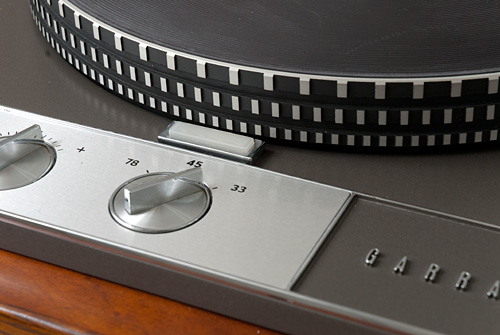
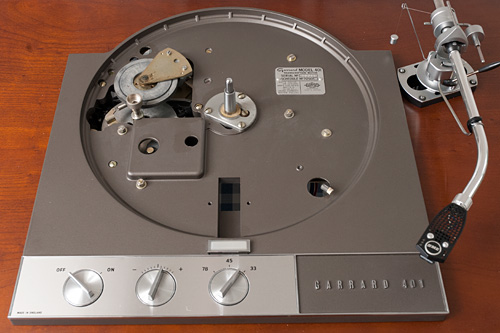
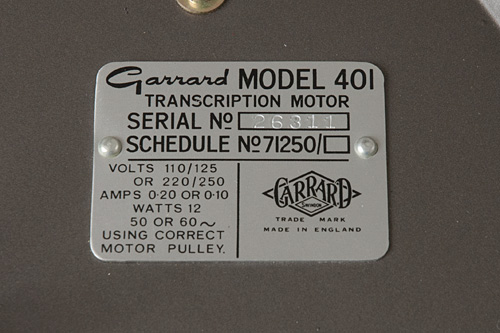
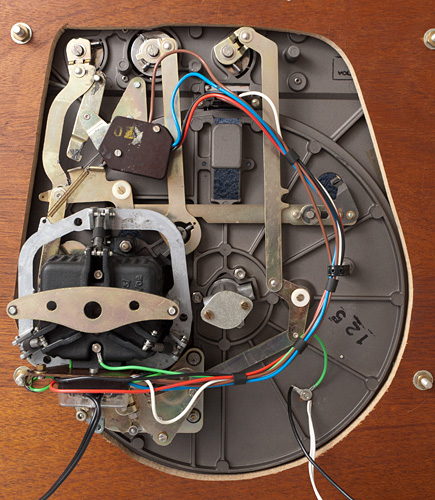
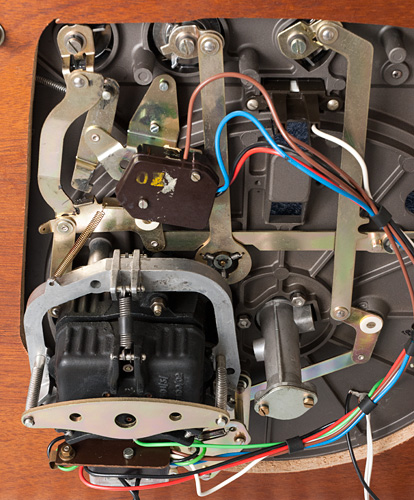
I'm a bit unsure of how this unit fits into the production history, so if anyone can shed light on it from the pictures below I'd be very grateful.
My plan is to build a plinth for it along the lines of the Loricraft ‘squash ball’ design.
Andrew








